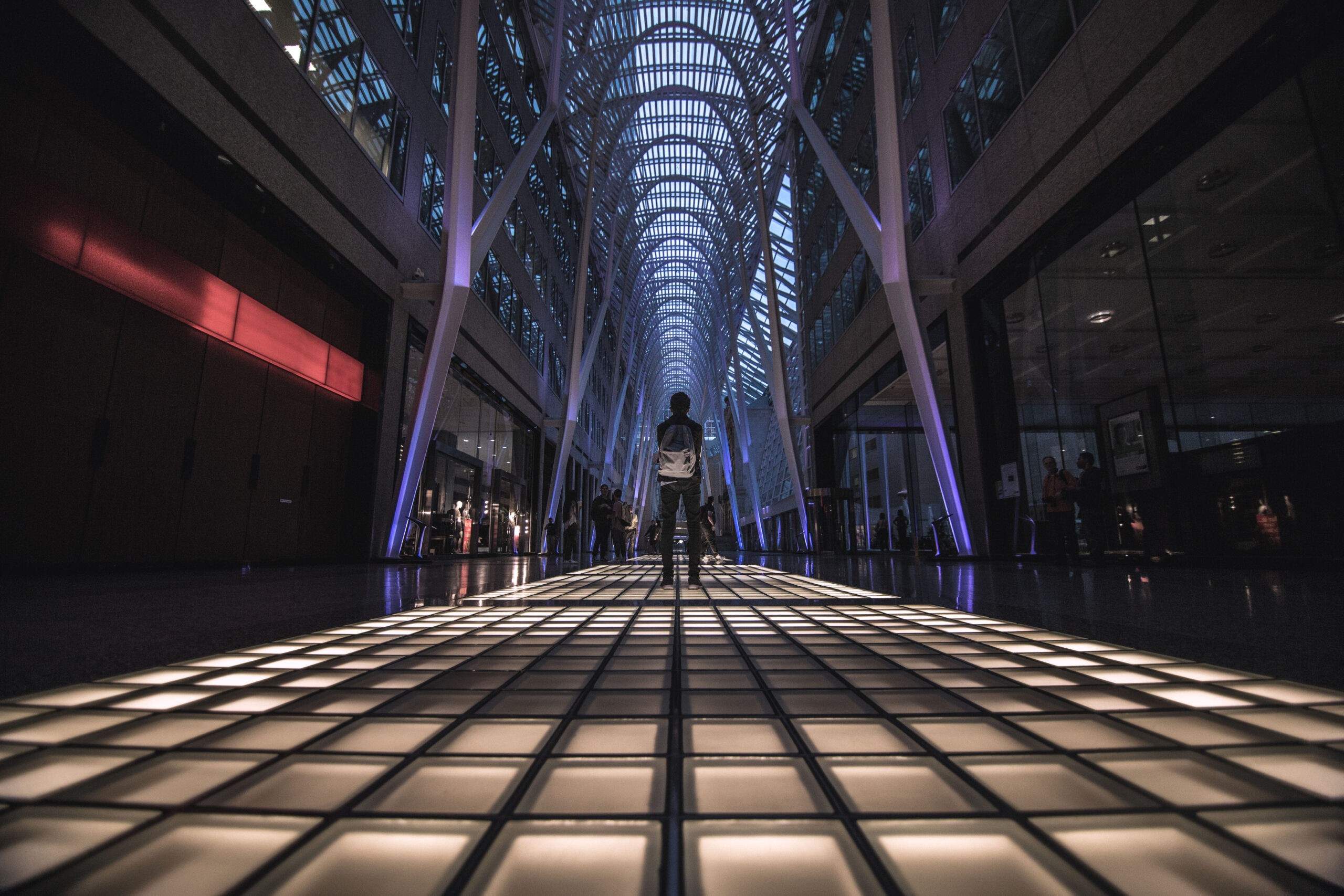According to a recent report, major retail spaces in the city of Phnom Penh are expected to dominate, growing to just under 1M sqm by 2025 across 62 shopping destinations.
This phenomenon is driven by the now global expectation of the youth generation (Gen Z and Millennials).
Quite simply, they want more and better shopping. They also want a wide range of entertainment options under one safe and comfortable air-conditioned roof.
They differ from previous generations in that they consider the journey to be as important as the destination.
If not, more.
Shopping isn’t just about buying stuff, it’s about meeting friends and sharing experiences.
More and more, we are witness to product launches, fashion shows, dance and singing competitions offered as extras to the shopping environment.
This is changing the major retail landscape in most cities across the globe… and now Phnom Penh.
With some exceptions, retail supply growth is being largely driven by the popularity and growth of the Borey market, located in the outer suburbs of Phnom Penh.
Developers, driven by increased competition, are looking to provide a wider selection of major retail options and events as a selling point to attract property buyers.
As a result, shopping malls, retail plazas, and community malls are being incorporated into the broader design and construction of Borey and township projects.
The predominant areas of growth – Sen Sok, Meanchey, Chamkarmon, Toul Kork, and Chbar Ampov – are the new nexus in the city’s expansion.
Major retail options are now expanding to cater for the daily needs of the population in these high growth areas.
Of the 5 primary retail classifications – shopping malls, community malls, shopping centres, retail podiums, and retail arcades, community malls are proving to be the most popular retail properties.
More than 50% of Phnom Penh’s current retail properties are classified as a Community Mall, making it the most prominent type of retail property, followed by shopping centres.
The city’s retail spaces are expected to continue to dominate retail space offerings.
However, retail podiums and arcades are also expected to increase to complement the ongoing development of large mixed-use projects.
Major retail… what next?
From what was arguably the first store ever made in the modern world, London’s Harding, Howell & Co., the next stage of shopping mall evolution is underway.
It could be the holistic integration of the following, some of which is already appearing overseas:
- Shopping malls offering a range of mixed-use spaces such as – retail, housing, and commercial – with the potential to integrate medical centres, short term accommodation and education facilities. In short, a bit like mini cities dotted across the metropolis, personalizing the city experience once more.
- Ecommerce as an extension of online platforms using localized Wi-Fi networks, mobile phones and integrated digital infrastructure with pop-up shops to present and sell products or services.
- Shopping as a holistic experience, providing a series of spaces, textures and moments that are focused on creating memories for the users, not just to advertise and sell objects.
- More niche malls including the major retail icons in the world, selling high end or high demand goods and brands like Adidas, Dior, Browns Coffee, H&M, Raffles… See: Rising incomes attract more international brands
- Shopping malls as super tech-powered, automated spaces that could be run without human employees, just security. Amazon’s grocery stores provided momentum to this movement that has not really take root in Cambodia.
- Major retail giants go offline as consumers go online which could become the new norm for many businesses inside shopping malls.
- Ultimately, shopping malls could become wastelands as seen in other parts of the world. This is entirely possible as consumers transition entirely to online shopping as experienced during the pandemic.





